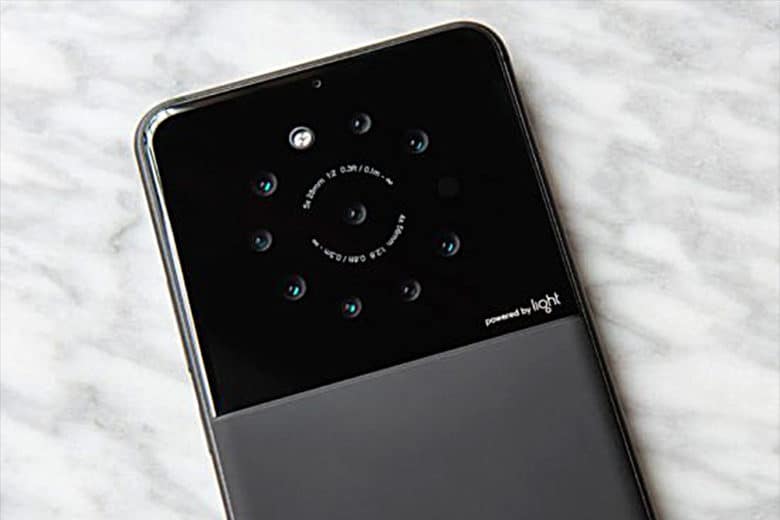On Sunday, Nokia quietly launched a first-of-its-kind smartphone called PureView with an array of five main cameras on its backplate.
Apple set a high bar just two years ago with the dual-camera iPhone 7 Plus. In a year where iPhone users are waiting for Apple to release its first model with a third camera, it’s hard not to feel like Apple has fallen behind in the mobile photography space it defined and owned.
Several competitors have gotten way out front with triple-camera smartphones. Huawei has had at least one smartphone with three lenses for the last year. It has two models, the P20 Mate and P20 Pro, that have the top-rated camera according to the independent testing lab DxOMark.
Just last week, a three-camera smartphone by Xiaomi and the Samsung Galaxy S10+ received DxOMark ranks higher than the current Apple flagship the iPhone XS Max.
Another Chinese company, Oppo, says it will release a phone with a 10X optical zoom that maintains the finest details. Sony and camera company LIGHT are teaming up to build modules with four cameras.
iPhone camera in battle over features
Smartphone wars, where brands once died on the hill over megapixels, now battle over extra cameras, telephoto lenses, realistic-looking bokeh effects, and high dynamic range. The war is waged with hyperbolic marketing language that freely uses words like “best, first and only.”

Photo: Light via Photo Rumors
The mighty iPhone could not be beaten. But Apple has ceded some of the very ground it broke within the last year to brands bringing more cameras and new photo features and in some cases, lower prices.
Extra cameras, better bokeh and the like do not bring guarantees of better pictures.
True photographers work with any camera and the quality of their photoes are guided by their eyes, heart, and mind. Instagram addicts who use their smartphone on selfies and documenting the good times with friends won’t care much either.
The smartphones in the top 10 of DxOMark’s rankings are separated by only a few points gained or lost by wonky measurements of quality the average person wouldn’t spot.
But there is a large community of mobile photographers who do care about those features and upgrade often.
Would a phone like the Nokia 9 PureView – its five cameras work in concert to capture true colors and a wide dynamic range – convince iPhone users to cross over to an Android? Maybe not, but is $699 price tag could make more than a few consumers wonder what they would be getting with a more expensive iPhone.
Challenges of building a better iPhone camera
Apple has proven it doesn’t have to be first with technology; it would rather be better. So it is likely the iPhone camera team while working on its own ideas, are watching to see what new features from competitors fail to deliver.
The aspirations by the camera team are likely tempered by other teams at Apple, including design which has locked itself into an ultra-thin form factor that makes it challenging to house all of the necessary components, such as sensors and optics
Teams that concentrate on battery life, heat dispersion, and processing units also have to figure out how to deal with the processing power necessary to synthesize multiple images the way the Nokia PureView does to boost image quality.
Once those challenges are met, Apple then has to figure out how to get a feature-packed iPhone made cheap enough to set a price that would quell the growing criticism over expensive iPhone prices.
Internet chat rooms, tech pundits and the comments accompanying blog posts seem to suggest Apple fans have grown impatient over incremental improvements on devices and a perceived lack of innovation.
The camera system is a part of the smartphone that has a lot of room for innovation. Apple’s success pushed its competitors to make better smartphone cameras.
This makes the spotlight on the 2019 iPhone lineup a little hotter.

![Is iPhone in danger of losing its photography crown? [Opinion]](https://buyiphone.com.au/wp-content/uploads/2023/11/iPhone-15-Blue-Three-Quarters-Perspective-Camera-Closeup-Feature-1280x640.jpg)




Recent Comments